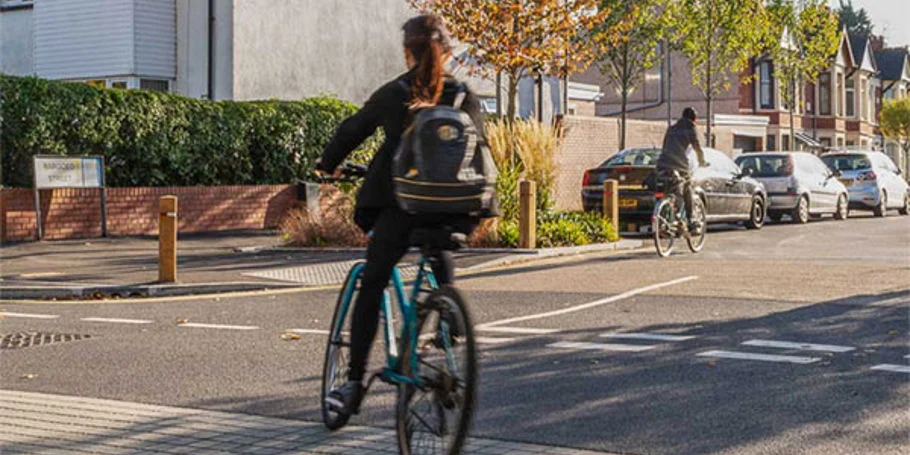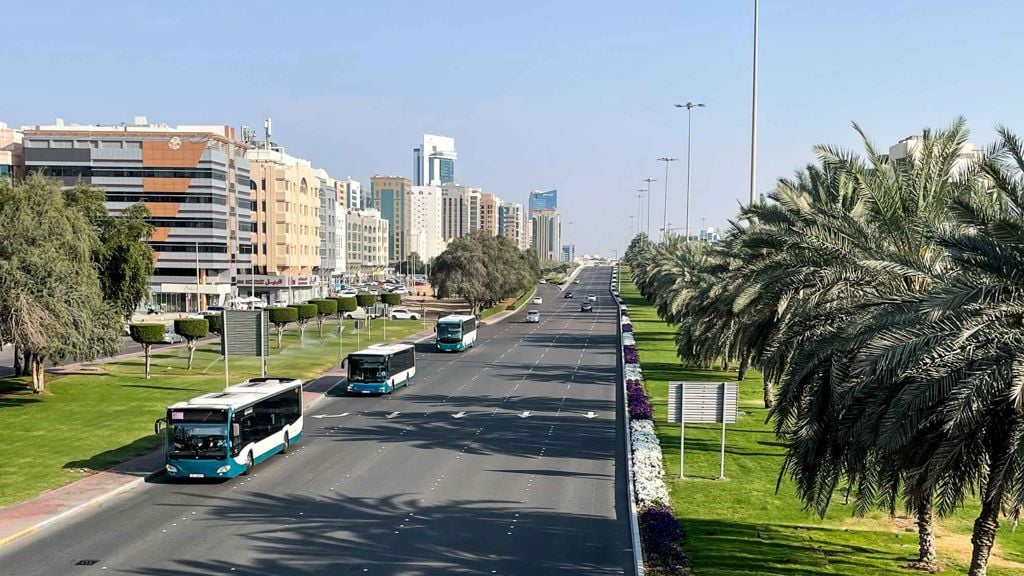The World Bank identified the critical need to optimise and electrify the bus network in Metro Manila to improve the overall efficiency and sustainability of public transport through three specific quality bus corridors.
This initiative will also help enhance accessibility for underserved areas, and create a more integrated public transport system, serving as a model for other developing metropolitan areas.
Commissioned by the World Bank, Arup conducted a comprehensive study to develop the service plan and design for the quality bus corridors in the heart of Metro Manila, focusing on safer, faster, and cleaner transportation options.
Our approach included integrating electric buses, optimising bus routes, and upgrading bus-related infrastructure (such as bus lanes, transit signals, enhanced stops, etc.), using key bus planning tools to tailor solutions for the city’s specific needs. Our efforts were directed towards creating a resilient, future-proof transportation system that supports the city’s rapid growth and ambitious environmental targets.
The project is set to transform the public transportation landscape of Metro Manila, establishing a new benchmark for sustainability and efficiency in Southeast Asia. It serves as a powerful model for other cities facing similar challenges, demonstrating how strategic planning and innovative technologies can come together to address complex mobility issues. This pioneering approach fosters more sustainable and livable cities, inspiring a global shift towards a greener, more connected future.
Optimising and electrifying the bus network
Drawing on our extensive experience across East Asia and Southeast Asia, we conducted a comprehensive review to develop a plan to fundamentally improve public bus service and infrastructure on three urban corridors in Metro Manila.
We adopted several key bus planning tools for the study including an automated bus stop placement tool, a field survey app used in other bus studies to estimate land acquisition and road modifications; and an e-bus feasibility tool that generates vehicle fleet, charger and energy load requirements.
Comprehensive approach
Building on our previous study, we are developing preliminary designs for bus lanes, stops, terminals and depots, while assessing the feasibility of introducing e-buses on three previously identified corridors: Quezon Avenue, C-5 and Ortigas-Aurora. These strategic interventions aim at creating a more efficient, customer-centric bus network that prioritised the needs of commuters.
We are also conducting environmental and social safeguards studies, resettlement assessments, climate action and resilience evaluations, as well as financial and economic analyses. By addressing these critical factors, we will craft a comprehensive infrastructure proposal that will significantly reduce commute times, lower emissions, and enhance the reliability of public transportation – ultimately improving the quality of life for millions of Metro Manila residents.







